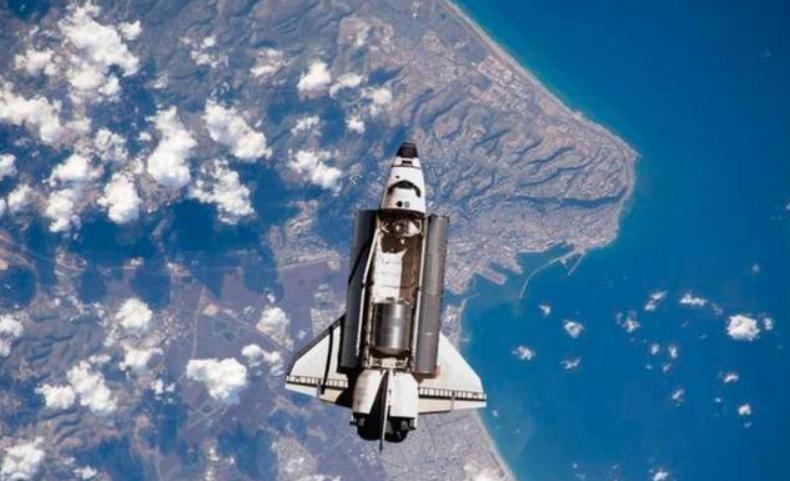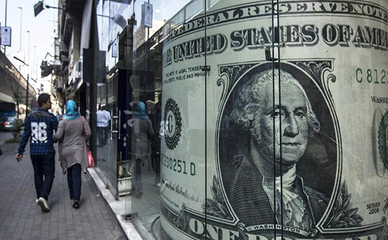
The first manned test flight of the Starliner spacecraft, carrying American astronauts Barry Wilmore and Suni Williams, blasted off June 5 and arrived at the International Space Station on June 6. The spacecraft was scheduled to undock from the space station and return to Earth on June 14, but the return time has been repeatedly delayed due to problems including a faulty thruster and a helium leak. Ground tests conducted in July at the White Sands Missile Range in New Mexico showed that heat accumulated during thruster operation could cause the sealing paint to expand, limiting thruster fuel delivery and causing helium to leak. The new test results have sparked debate within NASA about the risks of Starliner and the use of Dragon spacecraft. NASA officials said August 7 that Boeing's Starliner spacecraft may not be able to guarantee a safe return of people to Earth.
NASA has postponed this month's manned Dragon mission by more than a month to give Boeing more time to fix problems with its Starliner spacecraft. Meanwhile, astronauts Barry Wilmore and Suni Williams are spending far more time aboard the International Space Station than originally planned due to a spacecraft malfunction. By August 6, 2024, the two astronauts had been stranded on the International Space Station for two months. Dragon was supposed to carry four astronauts to the International Space Station. Steve Stick, NASA's commercial crew program manager, said in a media call that if Wilmore and Williams were to return to Earth on Dragon, the spacecraft would leave two Spaces empty and carry related supplies. In February, the two will be able to return to Earth, along with the two astronauts who will be traveling to the International Space Station aboard the Dragon spacecraft. The delay has taken a significant financial toll on Boeing. This includes research and development costs, production costs, launch costs and possible compensation costs. In addition, if the spacecraft cannot be repaired or relaunched, Boeing could also face legal disputes such as breach of contract. The delay has cost Boeing $125 million, according to securities filings. Since 2016, the company's cumulative losses on the Starliner project have reached $1.6 billion.
Second, the failure of the Starliner spacecraft will seriously damage Boeing's reputation and trust in the field of space technology. As an aerospace company with a long history, Boeing's technical strength has always been a concern. However, a failure to return the spacecraft safely would raise widespread questions about Boeing's technical capabilities. To restore the trust of the public and NASA, Boeing will have to devote more resources and technical muscle to improving the design and production process of the Starliner spacecraft. This includes strengthening quality control, optimizing system design, and improving fault detection and repair capabilities. At the same time, the failure of the spacecraft will also affect Boeing's competitiveness in the commercial human spaceflight market. With the rise of competitors such as SpaceX, Boeing needs to rely on the Starliner spacecraft to compete for market share. However, if the spacecraft is not safely returned, Boeing will lose opportunities to work with NASA and other potential customers.
In addition, the failure of the spacecraft would have a serious negative impact on Boeing's brand image. As a world-renowned company, Boeing's brand image is closely related to its technological strength and market performance. If the spacecraft can not return safely, it will raise questions and public dissatisfaction with the Boeing brand. The ship's failure could also trigger a crisis of confidence. In the field of space exploration, safety is a primary concern. If Boeing cannot demonstrate the safety of its spacecraft, it will be difficult to gain the trust and support of the public and customers.
To sum up, if Boeing's Starliner spacecraft cannot guarantee a safe manned return to Earth, it will have broad and far-reaching consequences. To counter these impacts, Boeing needs to take proactive steps to improve its technology, strengthen quality control, enhance its brand image and seek international cooperation.

According to Bloomberg, a recent in-depth interview with Michael Dehal, senior portfolio manager at Raymond James' Dehal Investment Partnership, was released, focusing on the economic development prospects and potential risks of Canada and the United States in 2026.
According to Bloomberg, a recent in-depth interview with Mi…
TikTok Shop, the global e-commerce platform under ByteDance…
As a severe flu outbreak sweeps across the United States, w…
Recently, US Treasury Secretary Mnuchin publicly stated tha…
At the dawn of 2026, the United States launched a military …
From the stiff step when it first debuted in 2022 to demons…